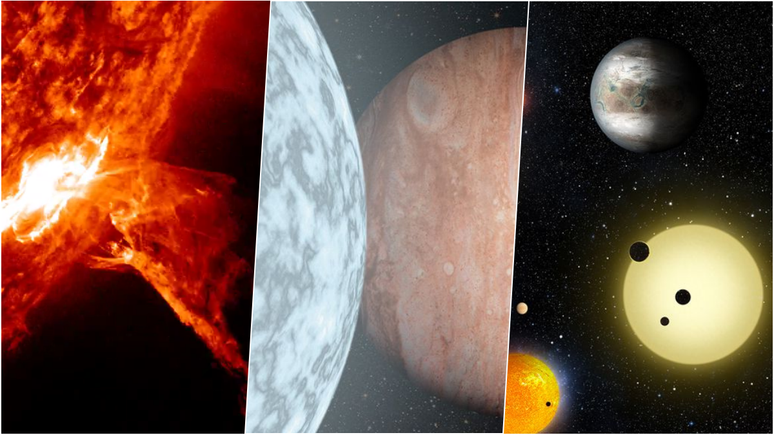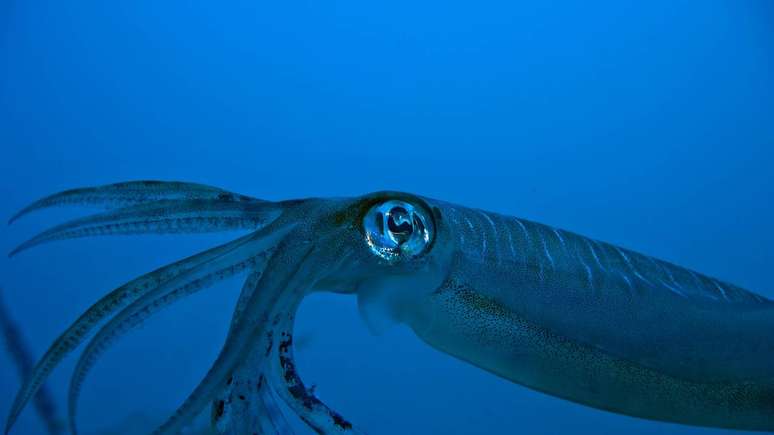Discover the main space news of the week of February 3 to 9, 2024 and stay up to date on everything that matters most in the world of astronomy!
In this week’s astronomy roundup, the focus is on the discovery of new planets and studies of our cosmic backyard, the Solar System. James Webb managed to directly photograph exoplanets, while other worlds have been found in the habitable zone of a red dwarf star.
Furthermore, studies on our planet indicate that a crater in Sao Paulo was formed by a meteorite that generated an earthquake similar to the one created by the Hiroshima bomb in 1945. Find out this and other news below.
The solar flare
An intense the eruption occurred in sunspot AR3575, generating a class M4.2 (medium) explosion. The event caused brief radio blackouts in Australia and Southeast Asia.
Spectacular long lasting M4 glow Still ongoing. It started at 01:30 UT and peaked at 03:15. At 03:50 UT it is still at the M2 level. It definitely launched a CME that could affect Earth with a geomagnetic storm, but the region is far south of the Sun, so it could pass beneath us. pic.twitter.com/jBOcyI8bKp
— Keith Strong (@drkstrong) February 6, 2024
As the Sun approaches its period of maximum activity, which is expected to begin later this year, flares will likely become more frequent. So far, none of them pose any risks.
The meteorite that shook Sao Paulo
The researchers found that the city of Sao Paulo suffered an earthquake intense for millions of years, with a magnitude similar to that caused by the atomic bomb on Hiroshima in 1945. The reason: the fall of a meteorite.
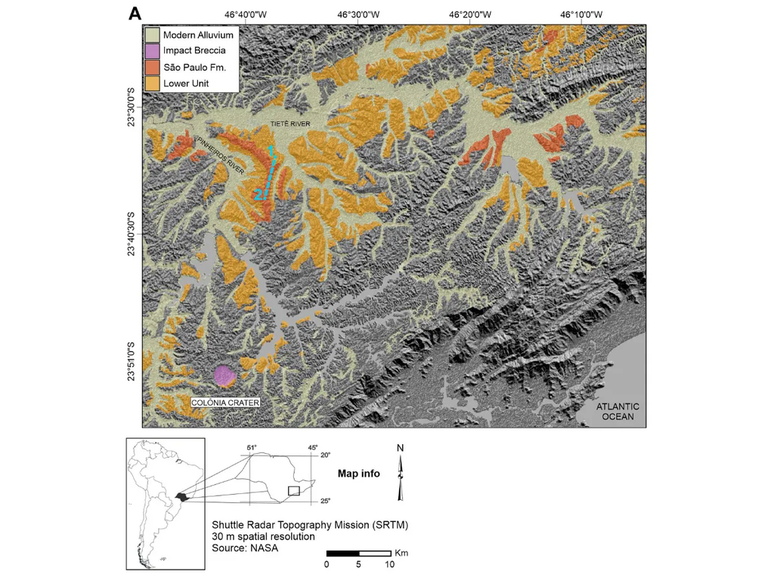
The Cologne Crater, left by the impact, has a diameter of 3.6 km and has existed for at least 2.5 and 5 million years. Today it is covered by sediments, forming a plain in the current neighborhoods of São Paulo de Colônia and Vargem Grande.
Webb’s photos of exoplanets
The telescope James Webb captured the direct footage of two exoplanet candidates orbiting white dwarf stars. Direct observations of distant worlds represent an enormous challenge, but offer a unique opportunity to study such systems.
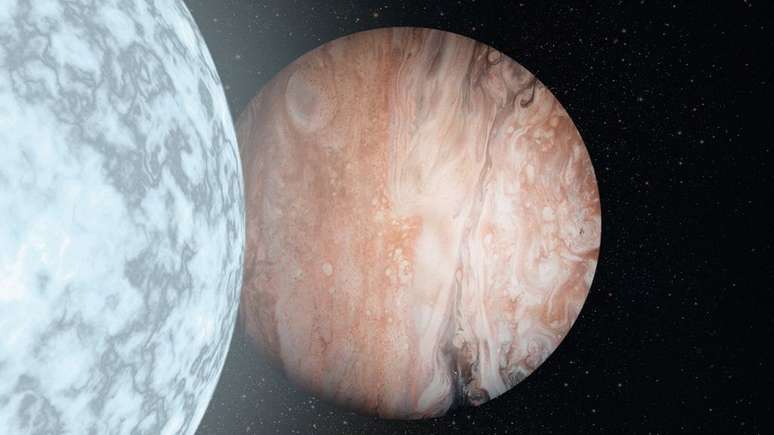
Furthermore, the objects are close enough to Earth – 32 and 52 light-years away – for scientists to gain more details about these worlds. Because they are “corpses” of Sun-like stars, white dwarfs with planets in their orbit are a portrait of the future of the Solar System.
The super-Earth in the habitable zone of a red dwarf
About 137 light years from Earth is located a super-Earth type planet called TOI-715b, according to new studies. In addition to being similar in size to Earth, the exoplanet is located in the habitable zone of its star, the red dwarf TOI-715.

There is also a second planetary candidate in this system, perhaps the smallest ever found in the habitable zone of a star. In turn, the red dwarf is fainter than the Sun, but is capable of hosting potentially habitable worlds.
The mineral formed by the impact of a meteorite
It appears that Changesite-(Y), a new mineral found in lunar samples collected by the Chinese Chang’e 5 mission, formed by the impact of an asteroid. According to the researchers, the mineral emerged from the collision that formed the Aristarchus crater.
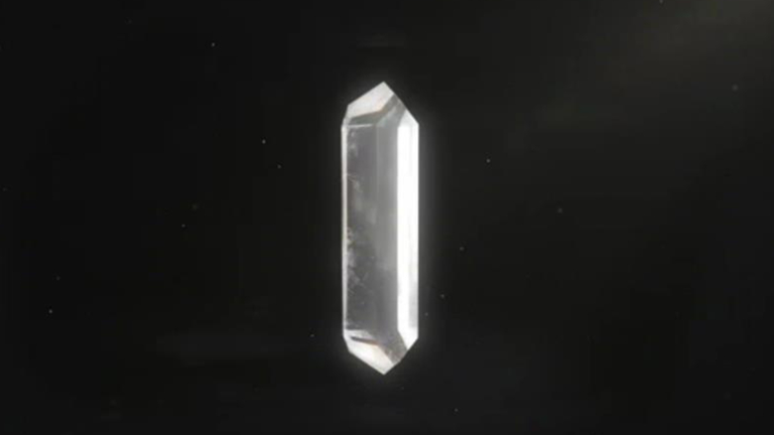
The lunar surface is covered with thousands of impact craters, but this type of mineral, formed by the high pressure of collisions, is rare in lunar samples. The reason may be that most high-pressure minerals are unstable at high temperatures, which are common on the Moon.
Presumably interstellar spherules
Astrophysicist Avi Loeb has published a new article with new discoveries on spherules found by his team in the Pacific Ocean. According to their findings, the components (dubbed BeLaU by Loeb) resemble nothing found in the Solar System.
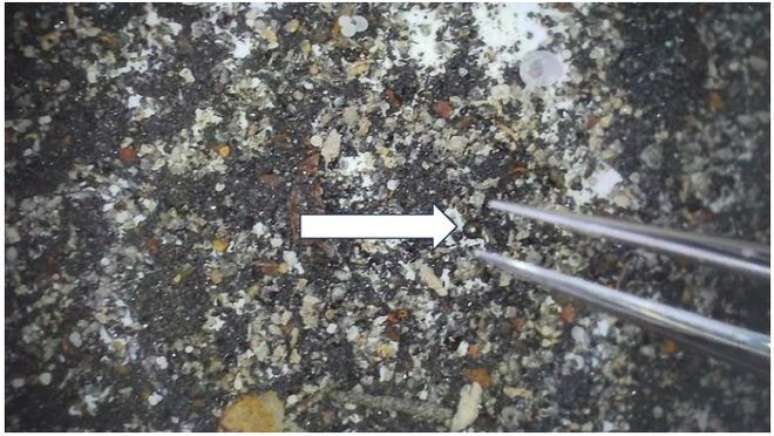
According to Loeb, the spherules are debris from an interstellar meteorite that fell to Earth in 2014. This means that the object would have arrived from somewhere outside the Solar System. Researchers do not yet have access to the samples to carry out independent analyses.
The unexpected, young ocean on Saturn’s moon
Test of a ocean under the icy crust of the moon Mimas, coming from Saturn, were found by a team of scientists. If the discovery is confirmed, Mimas will join Titan, Enceladus, Europa and Ganymede, among other moons that have underground oceans.
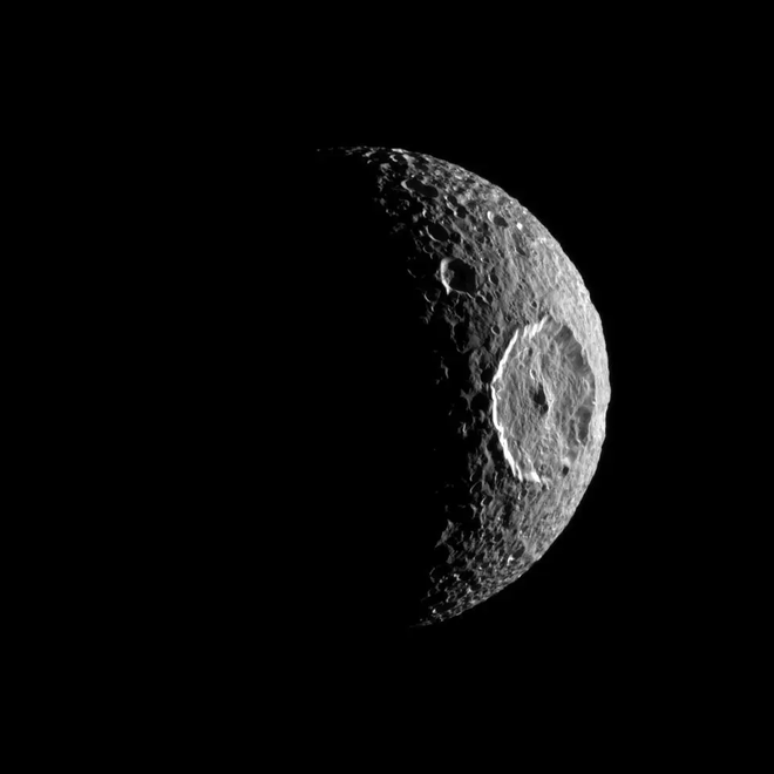
Calculations indicate that the Mimas Ocean would have formed at most 25 million years ago and would be located 20-30 km beneath the crust. This would make it responsible for half of the Moon’s total volume.
Trends on Canaltech:
- Could the spherules in the ocean be alien traces?
- 5 cars that Volkswagen should launch in Brazil with a R$ 9 billion plan
- Kaboom! carry out the Carnival promotion with a discount voucher
- 🚨 WITH COUPON | Buy Galaxy S23 Ultra 512 GB at an unmissable price
- Why have Marvel movies failed so badly lately?
- The 45 most anticipated films of 2024
Source: Terra
Rose James is a Gossipify movie and series reviewer known for her in-depth analysis and unique perspective on the latest releases. With a background in film studies, she provides engaging and informative reviews, and keeps readers up to date with industry trends and emerging talents.

